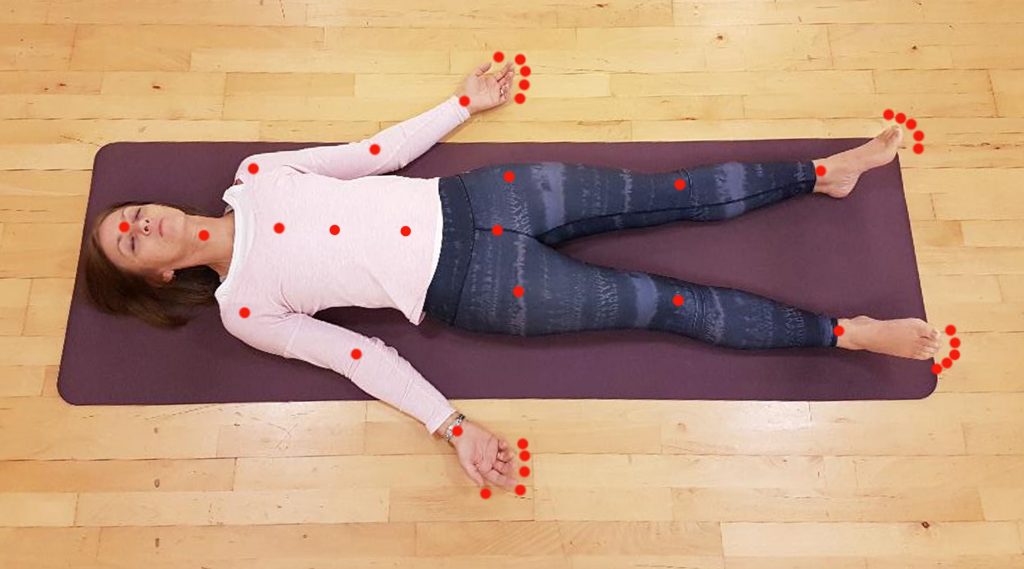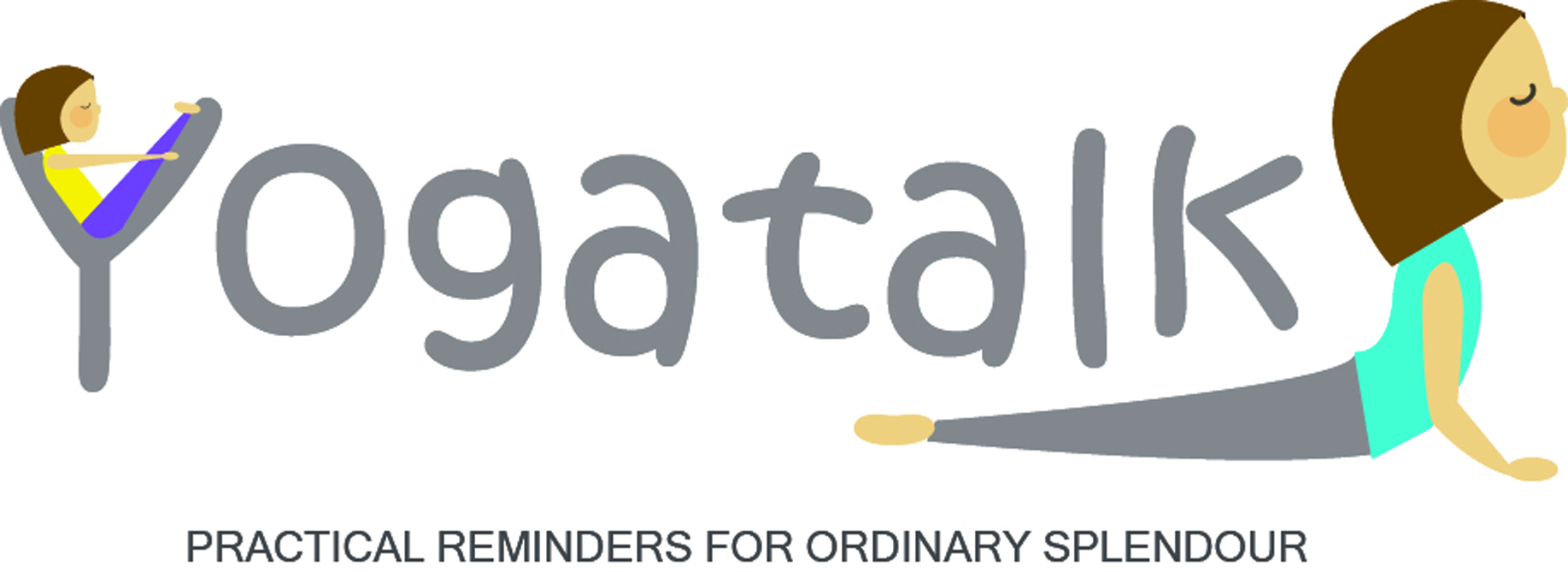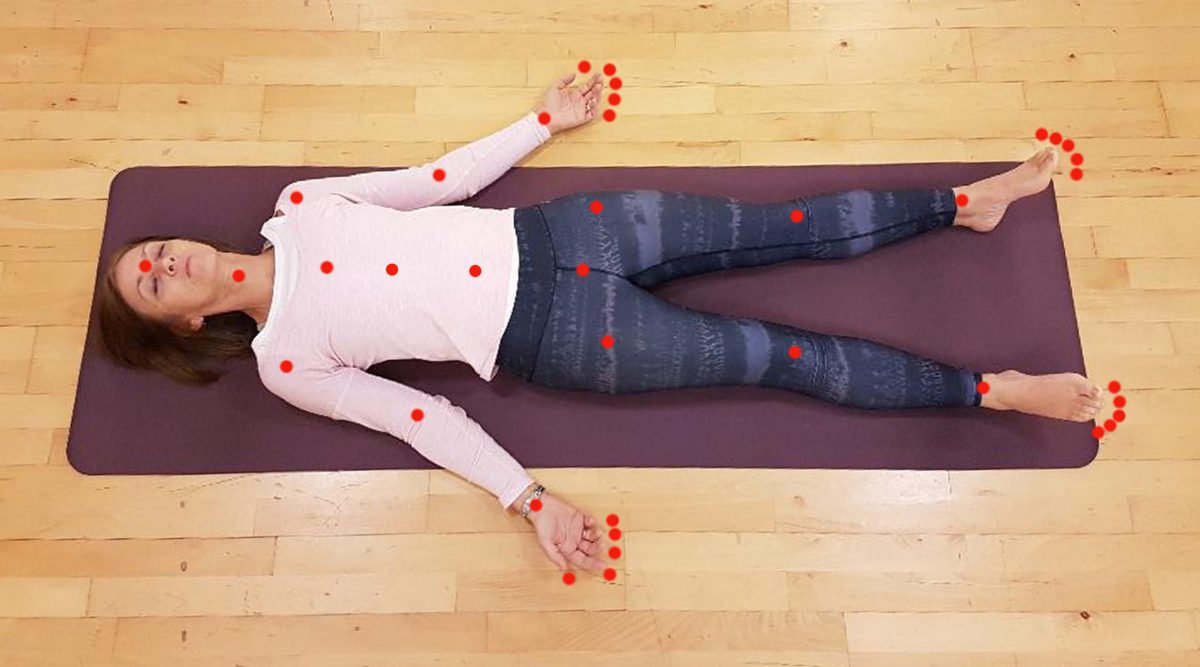
This practice is a way to restore equilibrium in a matter of a few minutes. It helps balance body systems and free us from muscular/mental tensions. This releases energy for use on other tasks.
In addition to these general benefits, this particular practice sharpens our attention span. It trains a chattering or sluggish mind to focus, meaning we have the potential alert engagement of our five-year-old self – minus the distractions!
The practice can also be used as an aid to sleep… meaning that it may not be completed because sleep intervenes.
This is wonderful if it’s our intention, but yoga offers more than that. If you do tend to doze off inadvertently, then try it at times when you’re more likely to stay awake.
People sometimes say they have no time to stop and practice, not realising how much their wellbeing benefits from doing exactly that, not appreciating how their function and energy is improved – saving time in the long run.
Notes on practice
The relaxation is written and also a podcast. You can listen by clicking the arrow above.
Grab opportunities in your day to practice; just a few minutes to lie down comfortably, uninterrupted, devices turned off.
The podcast lasts just over six minutes, but you can also learn the sequence, for practice without guidance.
Varying the method and times of practice will help keep the mind engaged; try different speeds, and varying the starting point between left and right.
The best position for this practice is savasana (the corpse pose), resting on the back, legs out, feet comfortably apart, hands palm-up and away from the sides.
If the lower back complains, put a pillow under the knees. If the neck prefers, rest the head on a thin pillow or roll something up for under the neck.
Covering the eyes will help to still the mind.
Be aware of body symmetry; lie face-up, for even a slight head-turn can lead us into doze or daydream.
If you find this a challenging practice, don’t be put off – you probably could do with its benefits, so it’s worth persevering. Be light-hearted and as you lie there, always imagine that your eyes are smiling.
Familiarise yourself with the exact areas of the body mentioned:
Forehead centre is just above the bridge of the nose.
When thumbs and fingers are mentioned, think of their tips.
The solar plexus is the centre of the upper abdomen.
The navel centre is just below the navel.
The pelvic floor is the saddle of muscle supporting the abdomen.
The hip is the hip joint, adjacent to the groin.
And if you deviate from our script it doesn’t matter, there are other ways to navigate around the body – you could make up your own!
The practice
Once in position, close the eyes.
Stretch the thumbs and fingers, then let them go.
Move the feet and wiggle the toes, then let them go too.
Relax the back of the neck and if the face is tight, yawn.
Begin to settle.
Gaze softly into the back of your eyelids; imagine that your eyes are smiling.
Let the mouth be closed, with no hardness in the lips, but the glimmer of a smile.
Notice your hands.
Now notice the breath, and let your exhales soften.
Allow yourself this time and space to totally settle.
Imagine any tightness melts away with each out-breath.
Your attention is now going to focus around parts of the body.
Notice the forehead centre; this is the start…
- Forehead centre
- Throat centre
- Heart centre
- Right shoulder
- Inside elbow
- Wrist centre
- Right thumb
- First finger
- Second finger
- Third finger
- Fourth finger
- Wrist centre
- Inside elbow
- Shoulder
- Heart centre
- Left shoulder
- Inside elbow
- Wrist centre
- Left thumb
- First finger
- Second finger
- Third finger
- Fourth finger
- Wrist centre
- Inside elbow
- Shoulder
- Heart centre
- Solar plexus
- Navel centre
- Pelvic floor
- Right hip
- Right knee
- Right ankle
- Big toe
- Second toe
- Third toe
- Fourth toe
- Fifth toe
- Ankle
- Knee
- Hip
- Pelvic floor
- Left hip
- Left knee
- Left ankle
- Big toe
- Second toe
- Third toe
- Fourth toe
- Fifth toe
- Ankle
- Knee
- Hip
- Pelvic floor
- Navel centre
- Solar plexus
- Heart centre
- Throat centre
- Forehead centre
Let the awareness stay resting at the forehead centre.
Now notice your hands.
Become aware of your breathing.
Follow the breath as it flow out and in.
Begin to let your awareness pan out…
Take in any sounds… close up, then far away.
Notice the temperature of the air, the feeling of cloth against skin, the ground beneath you.
Breathe more deeply.
Stretch the fingers and the thumbs.
Now start to make bigger moves… perhaps hug in your knees or have a big stretchy yawn.
Open your eyes, and when you’re ready, get up and move on.

